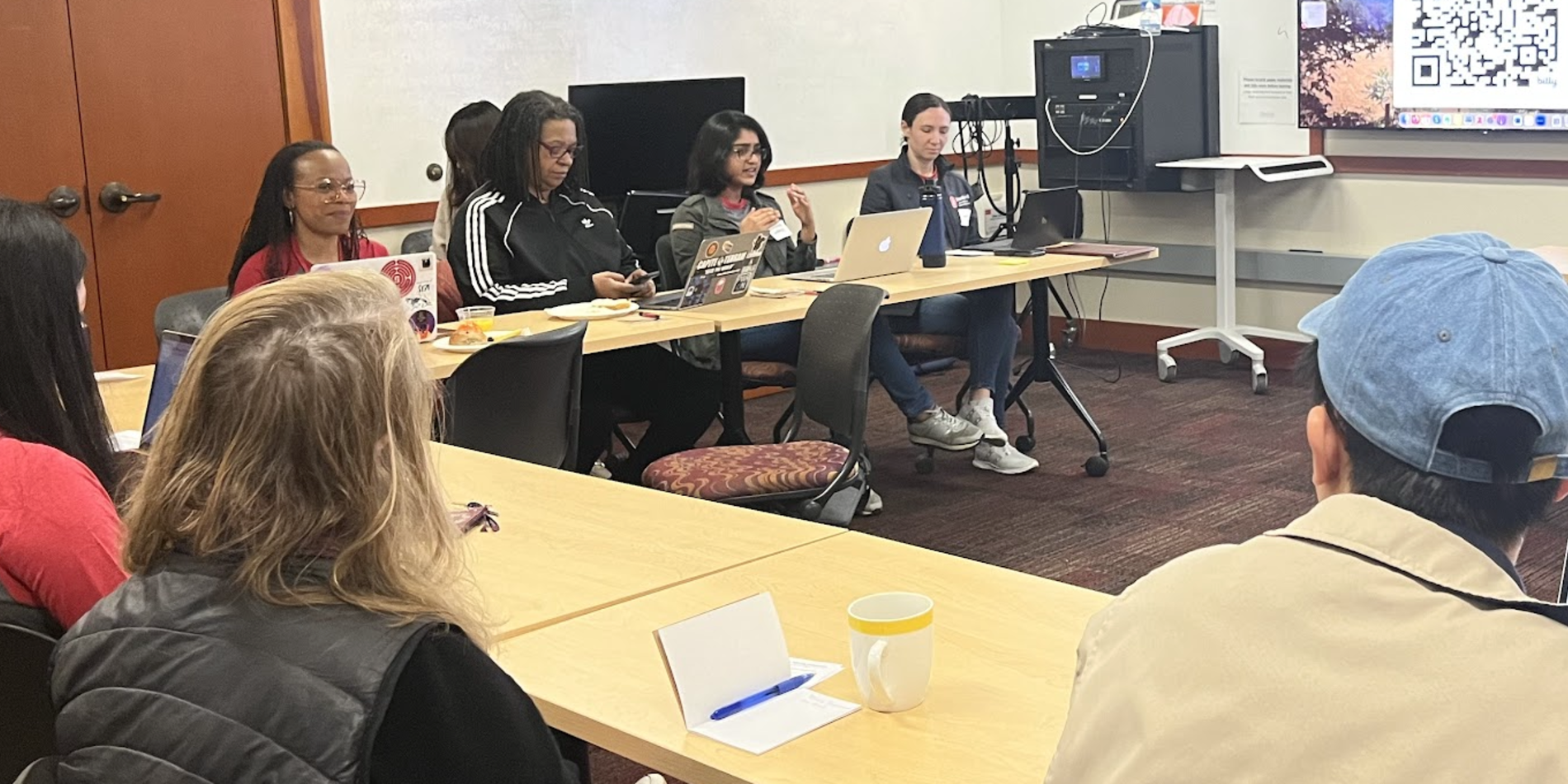Coordinator's Corner: The RA Fade - When Research in PWR 1 Overshadows Rhetoric
By John Peterson
I think it’s challenging over the course of a quarter to keep the value of the Rhetorical Analysis assignment alive throughout the whole assignment sequence. We all know how the course focuses largely on research-based writing, with the extended research project incorporating both the Texts in Conversation and the Research-Based Argument. Those occupy so much writing and intellectual energy – and active class time – that it sometimes feels efficient to just let the RB fade.
But the RA is a great opportunity to keep first-year students deeply engaged in an intensive introduction to college-level close reading – in this case, a particular kind of reading that is practiced through a rhetorical framework. This practice increases success in library research and prepares students for complex reading work in their other courses far beyond PWR. The early work in the course with rhetorical reading and the methods of primary research set a tone for multi-layered work with texts that serves them throughout research.
When students are prompted to form research questions, they complicate their framework by reviewing the work of others already engaged in scholarly conversation about their topic. Partly what is happening here is the same thing they need to do in the RA: They need to move back and forth between the ideas in a text and how those ideas are shaped by the delivery of the text. What’s more, they need to move to a contextual level at any time, acknowledging the rhetorical framework for these ideas. If things are going really well, they can move to a meta-cognitive level and observe for their readers what they are learning by doing this research. We want to engage students in nuanced understandings of scholarly conversations, so that their own arguments evolve and become more sophisticated over the length of the research project, and often this means encouraging them to discover what their topics are through an extended period of analyzing a series of texts that may help them re-shape and re-envision what they are working on. Rhetorical analysis encourages that re-envisioning because it helps students explore their relationships with language and potentially discover voice(s) for entering scholarly conversations.
Lately, I’ve been trying to return to their own stories about their research and to a focus on their sentence-level style to keep the value of rhetorical analysis alive throughout the sequence. We’ve heard great ideas from our colleagues and from the Stanford Storytelling Project about narrativizing the research process as part of the argument -- telling the story of their process and dramatizing the twists and turns of their moments of setbacks and moments of discovery. In this way, writers are looking for a rhetorical framework that recasts their research, which can send them back into its language, and back into its own narrativizing. In working with sentence-level style, I have been experimenting with sharing with classes some modern American poetry to show how line breaks reveal the music of seemingly plain-spoken sentences. William Carlos Williams and Frank O’Hara are two examples of poets who loved to play with line breaks. I have students apply line breaks to their TiC or RBA paragraphs. Then we look to see if that changes the rhetoric of the writing, if it triggers certain appeals in ways we didn’t see before.
I would love to hear about ways PWR 1 teachers are inviting students to loop back to rhetorical analysis throughout the quarter. How exciting it would be to hear about the stories students find in their research processes or the music they find in their sentences. What are you doing these days? (Use the comment function below to reply and jump into the conversation!)



